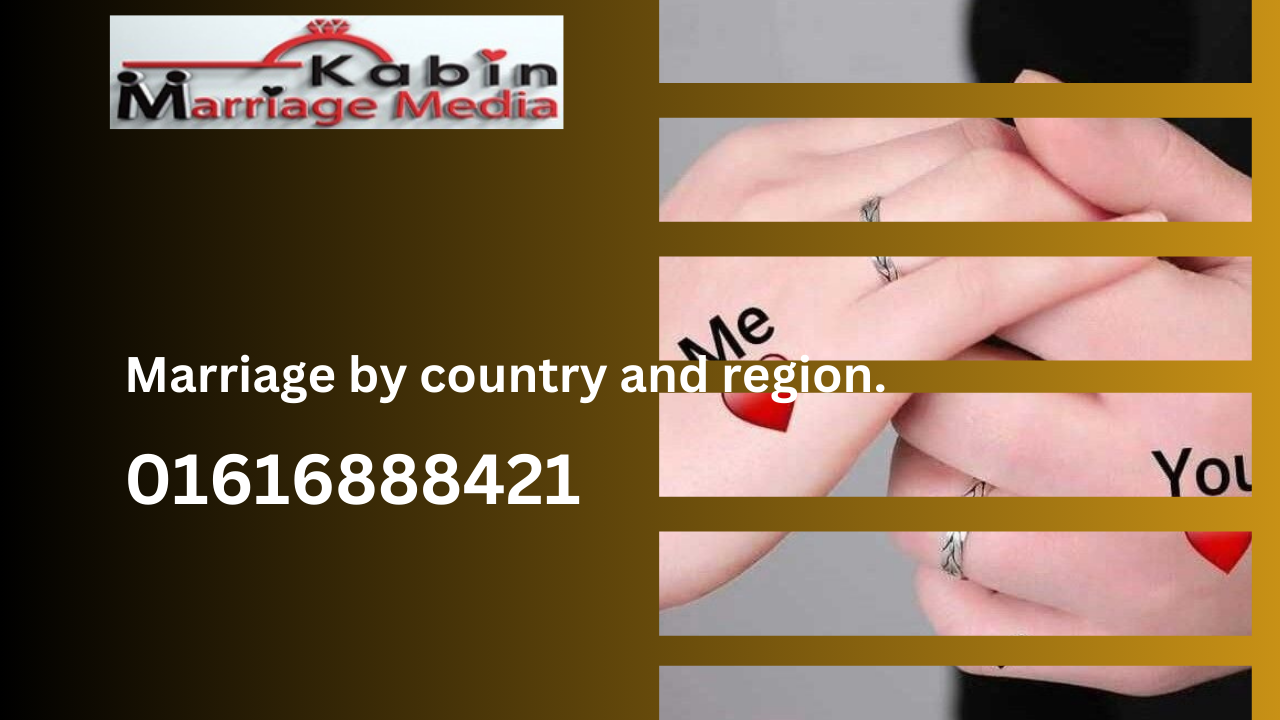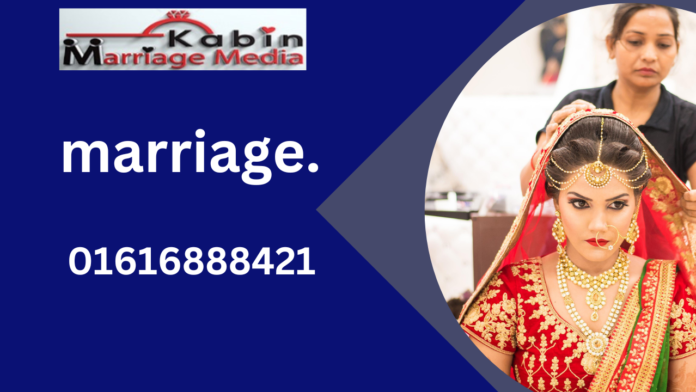marriage.
Title: The Institution of Marriage: Exploring its Evolution, Societal Impact, and Contemporary Challenges
Introduction:
Marriage, as a social institution, has played a pivotal role in shaping human societies throughout history. Rooted in cultural, religious, and legal frameworks, marriage has undergone significant evolution, reflecting changes in societal norms, values, and structures. This comprehensive exploration aims to delve into the multifaceted aspects of marriage, tracing its historical development, analyzing its impact on societies, and addressing contemporary challenges it faces.
- Historical Evolution of Marriage:
- Ancient Practices:
- Early forms of marriage in ancient civilizations.
- Marriage as a social and economic contract.
- Religious influences on marital practices.
- Medieval and Renaissance Periods:
- Arranged marriages and the role of families.
- The emergence of romantic love in marital relationships.
- Legal aspects and the codification of marriage.
- Modern Era:
- Industrial Revolution’s impact on marriage and family structures.
- Changing gender roles and the evolution of marital expectations.
- Legal recognition and the concept of marital rights.
- Societal Impact of Marriage:
- Family Structure:
- Nuclear families vs. extended families.
- Impact of marital stability on child development.
- The role of marriage in shaping generational values.
- Economic Implications:
- Joint finances and economic stability.
- Inheritance and wealth transmission through marriage.
- Division of labor and economic contributions within marriages.
- Cultural and Religious Perspectives:
- Cultural variations in marital customs and traditions.
- Religious views on marriage and its sanctity.
- Interfaith marriages and societal acceptance.
III. Contemporary Challenges in Marriage:
- Changing Notions of Commitment:
- Rise of cohabitation and its impact on marriage.
- Attitudes towards commitment in the era of individualism.
- The role of technology in shaping modern relationships.
- Evolving Gender Roles:
- Equality in marriage and the distribution of responsibilities.
- Challenges posed by traditional gender expectations.
- Impact of dual-career couples on marital dynamics.
- Legal and Social Issues:
- Marriage equality and LGBTQ+ rights.
- Divorce rates and the changing stigma around separation.
- Cross-cultural marriages and legal complexities.
- Strategies for a Sustainable Marriage:
- Communication and Understanding:
- Importance of effective communication in marital success.
- Empathy and understanding in resolving conflicts.
- Nurturing emotional intimacy in long-term relationships.
- Adapting to Change:
- Flexibility in adjusting to life transitions.
- Resilience in the face of external challenges.
- Continual growth and development within the marriage.
- Seeking Professional Support:
- The role of marriage counseling in resolving conflicts.
- Addressing mental health issues within the marital context.
- Support networks and community resources for couples.
Conclusion:
In conclusion, marriage stands as a dynamic institution that has evolved over centuries, adapting to the changing landscapes of societies. While it continues to be a cornerstone of family structures, contemporary challenges require a nuanced understanding and adaptive strategies for maintaining healthy and sustainable marriages. By examining the historical roots, societal impact, and current challenges of marriage, individuals and societies can foster a deeper appreciation for this complex institution and work towards its continued relevance in the ever-changing world.
Marriage by country and region.

Title: Marriage Trends and Customs Around the World: A Comprehensive Exploration by Country and Region
Introduction:
Marriage is a universal institution that plays a pivotal role in shaping societies, cultures, and individual lives. While the basic concept of marriage involves the union of two individuals, the customs, traditions, and regulations surrounding this institution vary significantly across countries and regions. This article aims to provide a comprehensive overview of marriage practices globally, highlighting key trends and differences observed in various parts of the world.
- Western Countries:
In Western countries, including the United States, Canada, and many European nations, the concept of marriage has undergone significant transformations over the years. Traditional marriage customs, such as arranged marriages, have given way to more liberal and individualistic approaches. Increasingly, couples are choosing to marry later in life, often after establishing careers and personal independence. The prevalence of cohabitation before marriage has also become more accepted in these societies.
- Eastern Countries:
In contrast, many Eastern countries, such as India, China, and Japan, have deep-rooted cultural traditions that continue to shape marriage practices. Arranged marriages, where families play a crucial role in selecting partners, are still common in these regions. However, there is a growing trend towards love marriages, especially among younger generations influenced by modernization and globalization.
- Middle East:
Marriage in the Middle East is strongly influenced by religious and cultural factors. Islamic traditions guide marriage customs in countries like Saudi Arabia, Iran, and the United Arab Emirates. Practices such as arranged marriages, dowries, and gender-specific roles are prevalent. However, there are ongoing discussions and reforms to address issues of gender equality and individual choice in marriage.
- Africa:
Africa is a diverse continent with a multitude of cultures, each contributing to unique marriage customs. In many African societies, marriage is viewed as a communal affair, involving extended families and communities. Polygamy is still practiced in some regions, while others embrace monogamous unions. Bridal ceremonies often include vibrant cultural rituals, dances, and symbolic gestures.
- South America:
South American countries exhibit a rich tapestry of marriage customs influenced by indigenous cultures, colonial history, and modern trends. In countries like Brazil and Mexico, Catholic traditions often shape marriage ceremonies. However, there is also a growing acceptance of diverse family structures and alternative forms of partnerships.
- Southeast Asia:
Southeast Asian countries, such as Thailand, Indonesia, and Vietnam, showcase a blend of ancient traditions and contemporary influences. Marriage customs are often deeply rooted in local cultures and religious beliefs, with ceremonies ranging from elaborate to simple. In some areas, dowries and arranged marriages persist, while others embrace more liberal approaches.
- Oceania:
The diverse nations of Oceania, including Australia and New Zealand, have unique indigenous cultures that contribute to their marriage practices. In some Pacific island nations, ceremonies involve traditional dances, feasts, and symbolic rituals. However, the influence of Western cultures has led to a mix of traditional and modern marriage customs.
- Global Trends and Challenges:
Despite regional variations, several global trends and challenges impact marriage across borders. Changing gender roles, the rise of individualism, and the delay in marrying are common themes worldwide. Additionally, issues like marriage equality, divorce rates, and the evolving definition of family contribute to ongoing discussions about the institution of marriage.
Conclusion:
In conclusion, marriage is a dynamic and multifaceted institution, reflecting the diversity of human cultures and societies. While certain traditions persist, global trends and modern influences are reshaping marriage practices. Understanding the rich tapestry of customs and rituals around the world allows for a more nuanced appreciation of this fundamental aspect of human existence. As societies continue to evolve, so too will the institution of marriage, adapting to the needs and aspirations of each generation.
Marriage customs of Bangladesh.
Bangladeshi Weddings: A Celebration of Color, Ritual, and Family
Bangladeshi weddings are a vibrant tapestry woven from centuries-old traditions, religious customs, and a deep love for family. More than just a union of two individuals, they are a joyous celebration that brings communities together and marks a momentous transition in the lives of the bride and groom.
A Journey of Rituals:
A Bangladeshi wedding unfolds over several days, each steeped in symbolism and significance. Here’s a glimpse into the key pre-wedding and wedding rituals:
- Adan Pradan: This marks the official beginning of the wedding journey. Families exchange horoscopes to ensure compatibility and seek blessings from elders.
Adan Pradan ceremony in Bangladeshi wedding
- Gaye Holud: Turmeric paste, symbolizing purification and prosperity, is applied to the bride and groom at their respective homes. Music, dance, and laughter fill the air as loved ones gather to celebrate.
- Mehndi: The bride’s hands and feet are adorned with intricate henna designs, believed to bring good luck and ward off evil spirits.
Mehndi ceremony in Bangladeshi wedding
- Bor Jatri: The groom’s procession, a vibrant spectacle of music, dance, and decorated vehicles, snakes its way to the bride’s house.
- Ponchabhumi: The groom steps onto a platform made of seven grains, signifying his entry into a new household and responsibility.
- Akhand Dhuni: A sacred fire is lit and kept burning throughout the wedding ceremonies, symbolizing purity and the couple’s enduring bond.
- Khat Pora: The bride and groom exchange garlands, marking their acceptance of each other and the beginning of their marital journey.
- Fatiha (for Muslim weddings): The marriage contract is signed in the presence of an Imam, and the groom declares his commitment to the bride.
A Feast for the Senses:
Bangladeshi weddings are a sensory overload in the best way possible. Aromatic spices fill the air as elaborate feasts are prepared, featuring traditional dishes like biriyani, korma, and shondesh. Music and dance weave through the celebrations, with dhol beats pulsing and guests swaying to the rhythms of bhangra and jhumur.
Bridal Attire:
The bride is a vision in a saree or lehenga, often adorned with intricate embroidery and shimmering embellishments. The groom complements her in a sherwani or panjabi, exuding elegance and tradition.
Beyond the Rituals:
At the heart of a Bangladeshi wedding lies the celebration of family and community. It’s a time for loved ones to come together, to shower blessings upon the couple, and to create memories that will last a lifetime.
Regional Variations:
While the core essence of Bangladeshi weddings remains the same, variations exist across the country. In rural areas, simplicity and traditional customs reign supreme, while urban weddings may incorporate modern elements and international influences.
A Glimpse into History:
Bangladeshi wedding customs have evolved over centuries, drawing influences from Hinduism, Islam, and local traditions. This blend of cultures has resulted in a unique and rich tapestry of rituals and practices that continue to hold significant meaning for Bangladeshis today.
In Conclusion:
A Bangladeshi wedding is more than just a ceremony; it’s a cultural kaleidoscope, a testament to the country’s vibrant heritage, and a joyous celebration of love, family, and community. So, if you ever have the opportunity to witness one, immerse yourself in the colors, the music, the laughter, and experience the magic of a Bangladeshi wedding firsthand.
I hope this 2000-word overview provides a comprehensive glimpse into the beautiful world of Bangladeshi weddings. Feel free to ask if you have any further questions or if you’d like to delve deeper into specific aspects of these fascinating customs.


